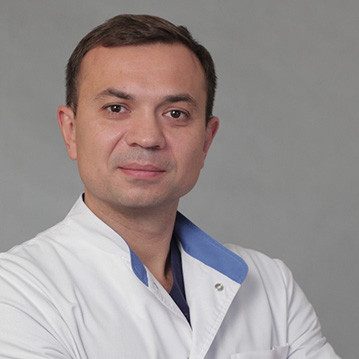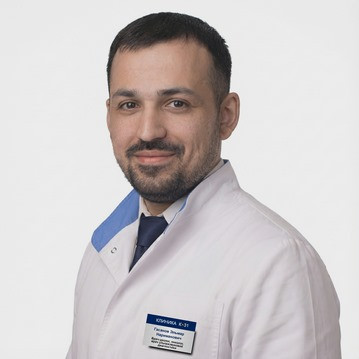Pathology of the bladder is a widespread phenomenon, especially in older people. As a rule, diseases progress rapidly and negatively affect the functioning of the body. Early detection of urinary tract pathologies will help get rid of the disease in a short time. Therefore, urologists recommend that patients seek diagnostics at the slightest discomfort.
In the urology department of the "K+31" clinic, patients can undergo a wide range of modern diagnostic studies, including endoscopic examination of the bladder.
What is cystoscopy?
The method consists in the study of the bladder, its mucous membranes. For the procedure, a special device is used - a cystoscope. This is an endoscopic equipment equipped with a light source and a high-resolution video camera at the end.
The urologist inserts the instrument into the patient's bladder through the urethra, the information obtained is displayed on the overview monitor. With the help of optical and digital magnification, the doctor examines the structure of the inner wall of the urinary and urethra, assesses the condition of the organs from the inside.
Indications for a diagnostic procedure
Cystoscopy is an important study to clarify the diagnosis after other examinations: ultrasound, laboratory tests, cystograms (bladder X-ray), etc.
Also, the reason for the appointment of diagnostics will be:
- surgical treatment (planned) on the pelvic organs;
- chronic cystitis with frequent periods of exacerbation;
- the presence of sediment or blood clots in the urine;
- changes in smell or color of urine;
- discomfort or pain during bowel movements;
- frequent urination;
- pain in the lower abdomen or lower back;
- feeling of incomplete emptying of the bladder.
These symptoms may indicate serious illnesses and require examination by a specialist. Cystoscopy is prescribed for suspected cystitis, prostatitis, enuresis, urolithiasis, etc.
What does diagnostics show?
During cystoscopy, the diagnostician receives the following information about the state of the organs of the genitourinary system:
- development of the inflammatory process;
- structural anomalies;
- calculi, hernias;
- texture and color of the bladder mucosa;
- the presence of foreign bodies in the body;
- ulcerative manifestations, the presence of a blood trail, mucosal atrophy;
- consequences of injury - ruptures, cracks, hematomas;
- neoplasms of various nature;
- strictures of the urethra.
The high information content of the study makes it indispensable for monitoring the treatment of complex pathologies and complications.
Manipulations during cystoscopy
The use of a cystoscope provides a wide range of therapeutic possibilities. With its help, during a urethrocystoscopy session, the doctor can:
- take tissue for subsequent biopsy;
- remove polyps and other small neoplasms;
- to carry out coagulation of ulcerative areas and erosions in the study area;
- crush and remove small stones;
- remove foreign bodies;
- inject drugs.
In some cases, therapeutic manipulations are carried out urgently, for example, if the pathology was detected directly during the diagnosis.
Contraindications to the procedure
As with any medical intervention, cystoscopy has a number of limitations. It is not used for:
- inflammatory processes in the genitourinary system;
- urethral fever;
- profuse bleeding from the urethra;
- urethral injuries;
- hemophilia.
In order to completely exclude the presence of infection and carry out the procedure, the patient must provide the result of a urine test, which was passed no more than five days ago.



















